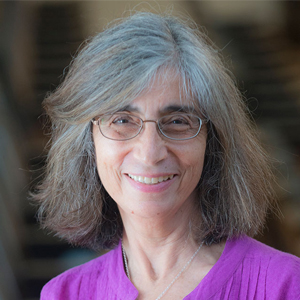Connecting by committee
Everyone hates committee meetings — the kind that we all say could have been an email, the kind that interrupt your flow of writing or working in the lab, the kind where someone repeats something you said five minutes ago and everyone forgets you said it first, the kind that run over and make you late to pick up your kids from daycare.
But committees and committee meetings are what have connected me to the American Society for Biochemistry and Molecular Biology over many years and influenced my career as a scientist, educator and administrator.
I clearly remember my first encounter with an ASBMB committee. The phone call asking me to serve on the Committee for Equal Opportunities for Women made me feel validated (and valued) as a new faculty member. I even remember what I wore to that meeting.
We met in the little house behind the old ASBMB headquarters in Bethesda, Maryland, and I was in awe of the group around the table — appropriately so, since many distinguished scientists and future presidents of the society were there. It was also the first time I met Barbara Gordon, the ASBMB’s former executive director, and made a connection and friendship that have endured.
Over the years, I have served on many ASBMB committees; some of them developed initiatives that have changed the annual meeting and the society overall — education satellite meetings, women’s networking sessions, undergraduate poster competition, better integration of education and professional development programming into the mainstream, undergraduate program accreditation.
It was the wisdom of the committee, not that of any individual, that allowed good ideas to come to fruition.
In the course of serving on these committees, I have met members whose research overlapped with mine and who gave me guidance about research and publication, those whose suggestions led to major changes in my teaching, and those who became collaborators in education and pedagogy scholarship. I also learned how to be a constructive committee member and, eventually, an effective committee chair.
Like any big organization, the ASBMB has a large, loosely affiliated membership. Members sample what they need or find interesting from the society’s publications, meetings and other offerings. But what I’d call the “back office” of those offerings is a network of committees populated with members and supported by extraordinary staff, and there is always a need for members to find their place and their way to contribute within that network.
Enjoy reading ASBMB Today?
Become a member to receive the print edition four times a year and the digital edition monthly.
Learn moreGet the latest from ASBMB Today
Enter your email address, and we’ll send you a weekly email with recent articles, interviews and more.
Latest in Opinions
Opinions highlights or most popular articles
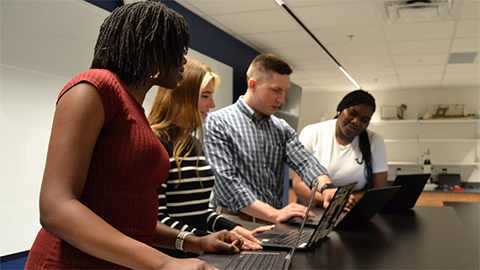
Debugging my code and teaching with ChatGPT
AI tools like ChatGPT have changed the way an assistant professor teaches and does research. But, he asserts that real growth still comes from struggle, and educators must help students use AI wisely — as scaffolds, not shortcuts.

AI in the lab: The power of smarter questions
An assistant professor discusses AI's evolution from a buzzword to a trusted research partner. It helps streamline reviews, troubleshoot code, save time and spark ideas, but its success relies on combining AI with expertise and critical thinking.
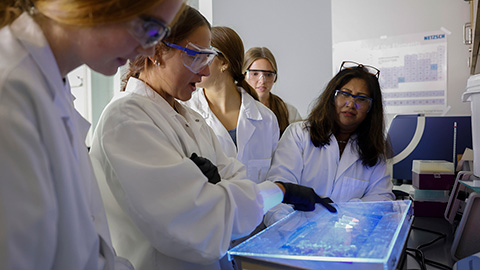
How AlphaFold transformed my classroom into a research lab
A high school science teacher reflects on how AI-integrated technologies help her students ponder realistic research questions with hands-on learning.
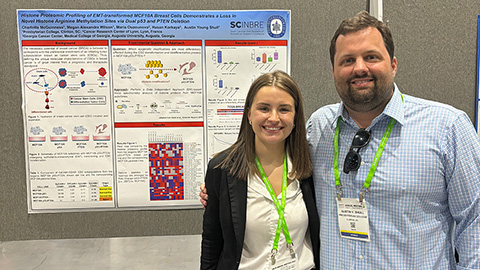
Writing with AI turns chaos into clarity
Associate professor shares how generative AI, used as a creative whiteboard, helps scientists refine ideas, structure complexity and sharpen clarity — transforming the messy process of discovery into compelling science writing.
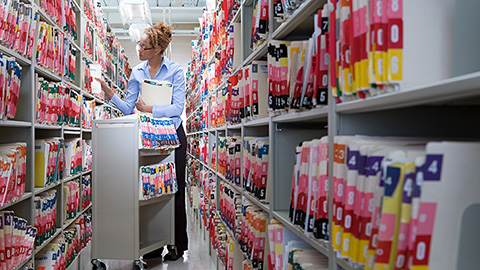
Teaching AI to listen
A computational medicine graduate student reflects on building natural language processing tools that extract meaning from messy clinical notes — transforming how we identify genetic risk while redefining what it means to listen in science.
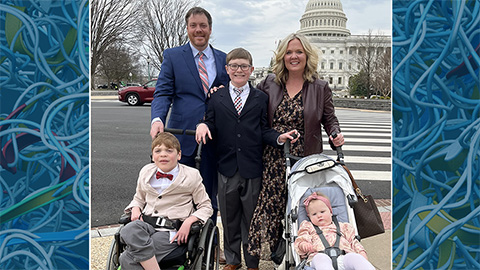
What’s in a diagnosis?
When Jessica Foglio’s son Ben was first diagnosed with cerebral palsy, the label didn’t feel right. Whole exome sequencing revealed a rare disorder called Salla disease. Now Jessica is building community and driving research for answers.

